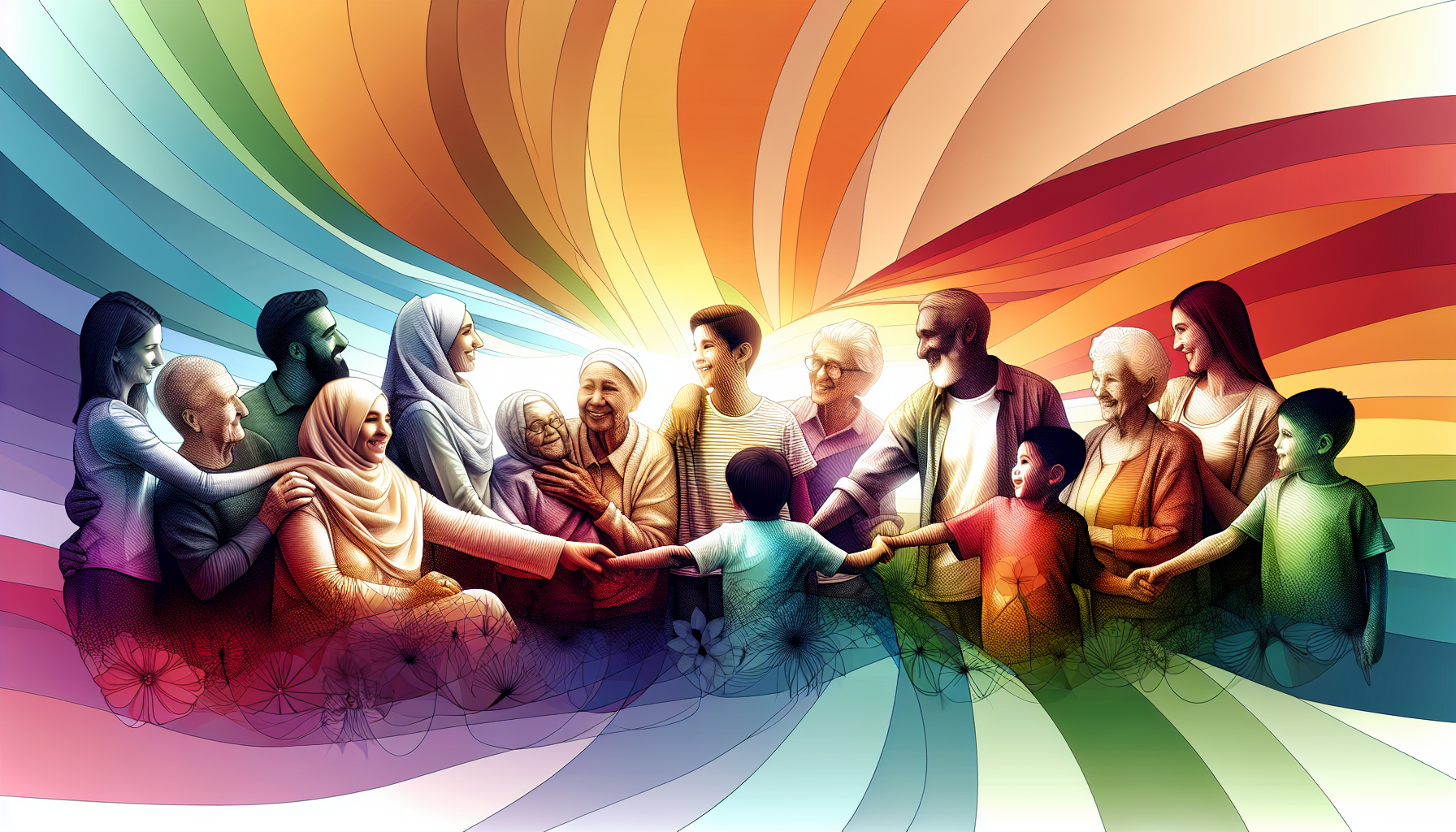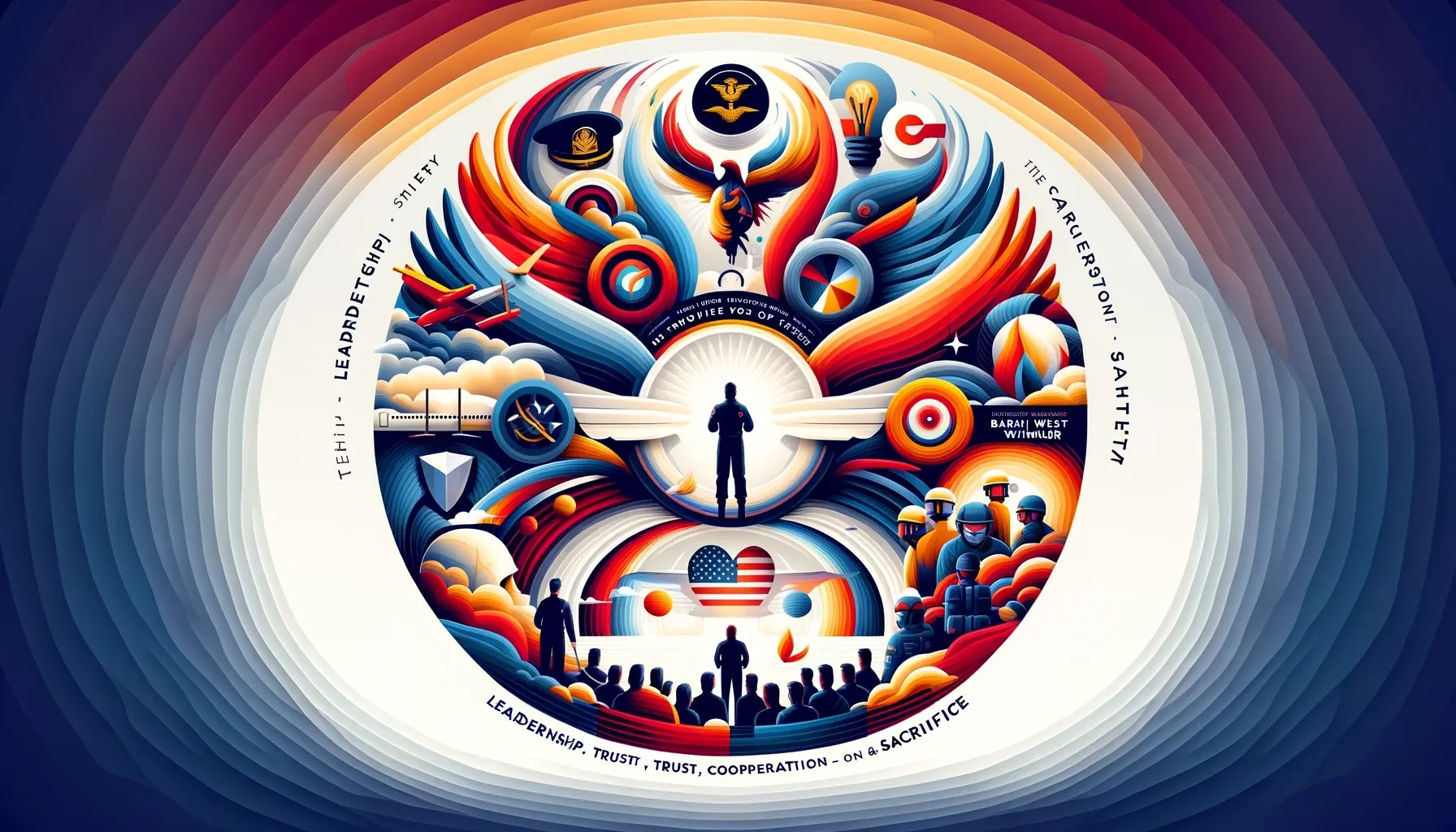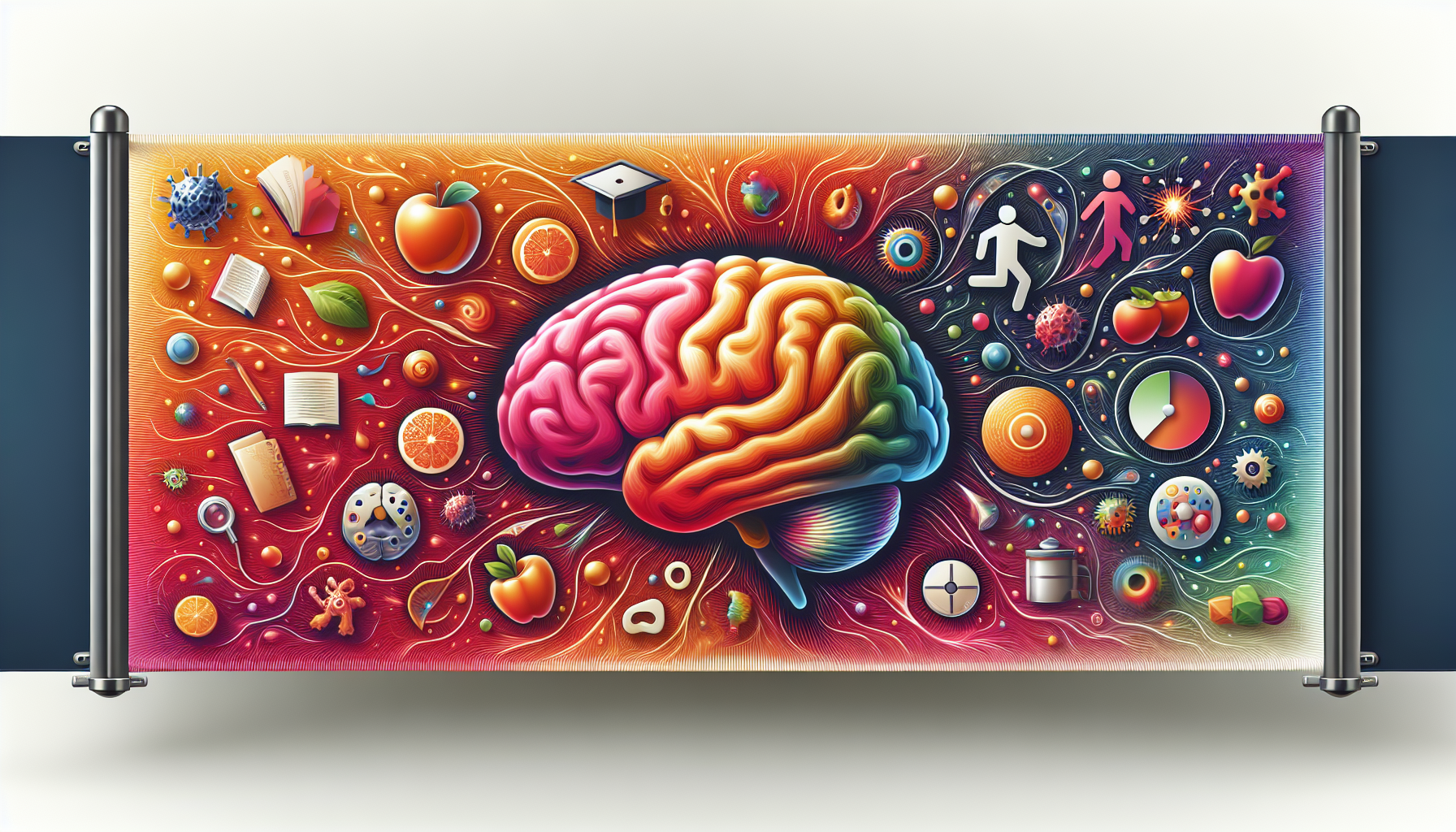On this page
Amanda Palmer's TED talk discusses her journey in the art of asking and the importance of connection and trust in her career. She highlights her experiences as a living statue, her transition to music with the Dresden Dolls, and her use of Twitter for instant connection and support. She also talks about her couchsurfing experiences, her views on crowd interaction, fear and vulnerability, the music industry and piracy, and her successful crowdfunding efforts. She addresses criticisms, the role of trust and vulnerability, and the future of artistic exchange. The speaker emphasizes the importance of understanding each other and questions the status quo in music consumption.

How does it apply to you?
This Ted talk is a valuable resource for anyone interested in understanding the power of connection and vulnerability in the digital age. It provides insights into how artists can leverage digital platforms to establish deep connections with their audience. It also offers a fresh perspective on how to navigate the music industry in the era of digital technologies and social media.
Applied Learning to Developer Enablement
Similar to how the speaker maintained a direct connection with her audience, software developers can benefit from maintaining direct contact with their users. This can be achieved through user feedback, usability testing, and customer interviews. Understanding user needs and expectations can lead to better software design and implementation.
Developer Checklist
Software Development
Communication and Engagement
Summary
Introduction and Street Performance
The speaker began her career as a living statue called the Eight-Foot Bride. She would stand on a box, painted white, and hand a flower to anyone who dropped money into her hat or can. This job allowed her to make profound connections with people, especially those who seemed lonely. She would often share a moment of prolonged eye contact with these individuals, creating a sense of connection and recognition. Despite occasional harassment and the unpredictable nature of her income, she found this work rewarding and educational, especially for her later career in music.
Transition to Music and Maintaining Connection
She is also part of a band called the Dresden Dolls, and as they began to make money, she was able to quit her job as a living statue. Despite her shift to music, she wanted to maintain the sense of direct connection she had with people during her street performances. After their shows, they would sign autographs, talk to fans, and invite local musicians and artists to join them. This practice created a dynamic and engaging environment around their performances.
Leveraging Twitter for Connection and Support
With the advent of Twitter, she was able to ask for help and resources instantly, anywhere. She used Twitter to find places to practice, get home-cooked meals, and even organize spontaneous, free gigs. This use of social media created opportunities for random closeness and connection with her fans and followers.
Couchsurfing Experiences
She often couchsurfs, staying in a variety of places from mansions to punk squats. She shares a story of staying with an undocumented immigrant family in Miami who gave up their beds for her and her crew. Despite their limited resources, they expressed gratitude for her music and its impact on their daughter. She also shares experiences of couchsurfing in Manhattan, highlighting the hospitality and generosity of her hosts.
Crowd Interaction and Trust
The speaker explains the concept of crowd interaction in the context of performing arts, drawing parallels between stage diving and crowdfunding. The key element in both experiences is trust - the performer trusts that the crowd will catch them, and the crowd trusts that the performer will deliver a valuable experience.
Fear and Vulnerability
The speaker shares a story about a band member's reluctance to interact directly with the crowd, highlighting the fear and vulnerability associated with asking for help. This vulnerability is an integral part of the artist-audience relationship, and overcoming it can lead to stronger connections and a more rewarding experience for both parties.
Music Industry and Piracy
The speaker discusses their experience with the music industry, including the disappointment of a major label considering their album sales a failure. This leads to a discussion on music piracy and how the speaker decided to embrace it as a form of distribution, encouraging fans to share their music freely while asking for their support in return.
Crowdfunding Success
The speaker describes their successful crowdfunding experience, in which they raised over a million dollars for a new project. This success is attributed to the deep connections they had formed with their fans, proving that people are willing to support artists they feel connected to.
Criticism and Understanding
The speaker addresses the criticism they received for their unconventional practices, arguing that those who criticize often do not understand the nature of the exchange between the artist and the fans. They emphasize that this exchange feels fair and meaningful to those involved, even if it seems alien to outsiders.
Trust and Vulnerability
The speaker shares a personal experience of vulnerability and trust with their fans, demonstrating their belief in the power of connection and trust between an artist and their audience. They argue that the internet is taking us back to a time when artists were part of the community, rather than distant celebrities.
The Future of Artistic Exchange
The speaker discusses the future of artistic exchange, arguing that online tools are making it easier for artists to connect directly with their fans. They emphasize the importance of giving and receiving fearlessly, and of asking for support without shame. They conclude by expressing their desire to recreate the direct and personal encounters of street performance in online spaces.
Understanding and Helping Each Other
The speaker emphasizes the importance of acknowledging our mistakes and truly seeing each other. This deep understanding of one another, they suggest, naturally leads to a desire to help each other.
Questioning the Status Quo
The speaker argues that people have been preoccupied with the wrong question: 'How do we make people pay for music?' They suggest that a more productive question might be: 'How do we let people pay for music?' The shift in perspective is subtle but significant, reflecting a more voluntary and engaging approach to music consumption.
Conclusion and Acknowledgment
The speaker concludes their talk, expressing gratitude for the opportunity to share their ideas. Their speech is met with applause, indicating a positive response from the audience.
FAQs
What was the speaker's first job? The speaker began her career as a living statue called the Eight-Foot Bride.
How did the speaker maintain connection with people when she transitioned to music? After their shows, they would sign autographs, talk to fans, and invite local musicians and artists to join them.
How did the speaker use Twitter to maintain connection with her fans? She used Twitter to find places to practice, get home-cooked meals, and even organize spontaneous, free gigs.
What is the speaker's experience with couchsurfing? She often couchsurfs, staying in a variety of places from mansions to punk squats.
What is the key element in crowd interaction and crowdfunding, according to the speaker? The key element in both experiences is trust - the performer trusts that the crowd will catch them, and the crowd trusts that the performer will deliver a valuable experience.
What is the speaker's perspective on music piracy? The speaker decided to embrace it as a form of distribution, encouraging fans to share their music freely while asking for their support in return.
How successful was the speaker's crowdfunding experience? The speaker describes their successful crowdfunding experience, in which they raised over a million dollars for a new project.
Why did the speaker receive criticism? The speaker received criticism for their unconventional practices.
What is the speaker's belief on the power of connection and trust between an artist and their audience? The speaker believes in the power of connection and trust between an artist and their audience.
What is the future of artistic exchange, according to the speaker? The speaker believes that online tools are making it easier for artists to connect directly with their fans.
What is the importance of acknowledging our mistakes and truly seeing each other, according to the speaker? This deep understanding of one another, they suggest, naturally leads to a desire to help each other.
What is the speaker's view on the question 'How do we make people pay for music?' The speaker argues that people have been preoccupied with the wrong question. A more productive question might be: 'How do we let people pay for music?'
What does the speaker do at the conclusion of their talk? The speaker expresses gratitude for the opportunity to share their ideas.
How does the audience respond to the speaker's conclusion? The speech is met with applause, indicating a positive response from the audience.
Glossary
Couchsurfing: The practice of moving from one friend's house to another, sleeping in whatever spare space is available, floor or couch, generally staying a few days before moving on to the next house.
Crowdfunding: The practice of funding a project or venture by raising small amounts of money from a large number of people, typically via the Internet.
Street Performance: Also known as 'busking,' this is a form of public performance in outdoor spaces for voluntary donations.
Twitter: A social media platform now called "X" that allows users to post and interact with messages formally known as 'tweets.'







